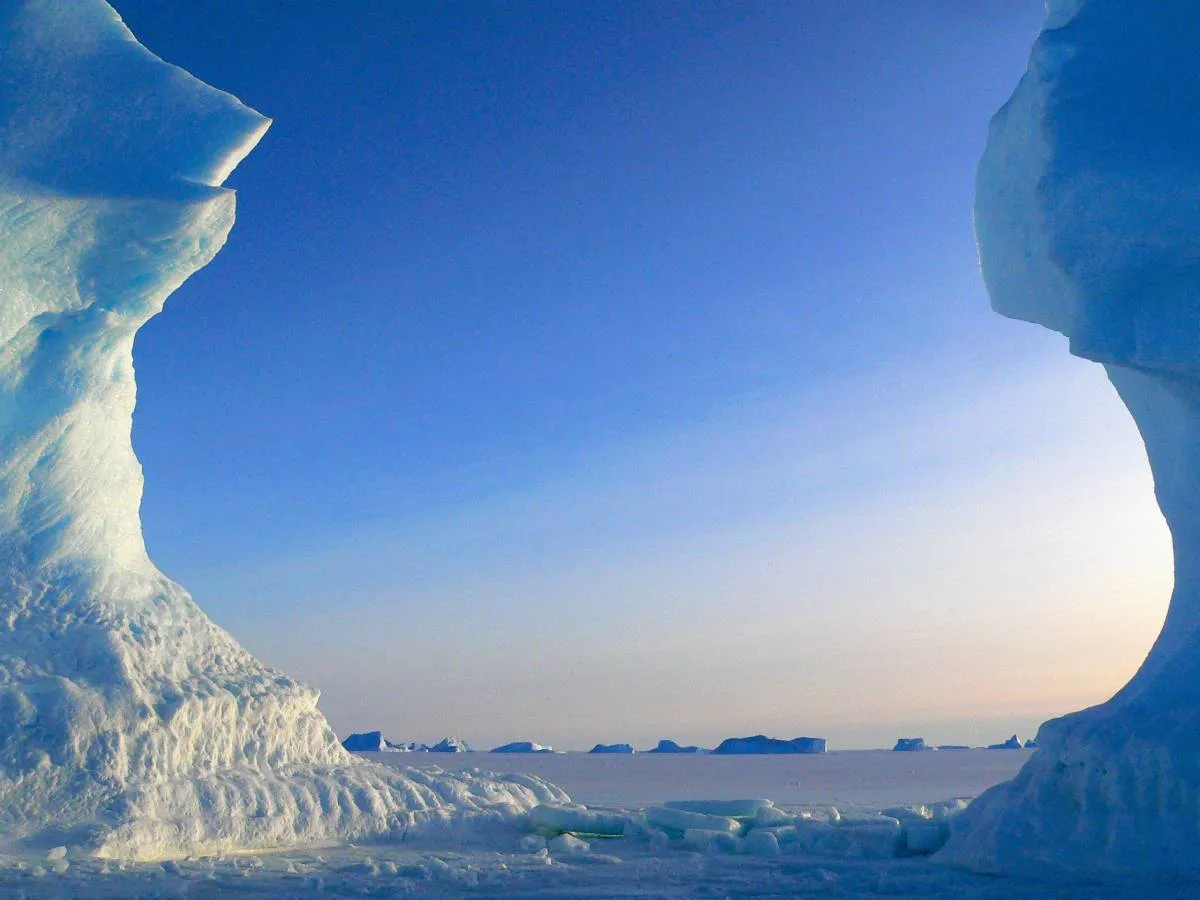As we are so often told, sea level rise will inundate vast areas of coastline. Especially once the tipping point is reached and the positive feedback climate loop kicks in causing runaway melting of the ice caps.
Melting the ice in Antarctica will cause 6m of sea level rise, the Chicken Littles tell us. Government and Local Councils are already making plans for managed retreat to avoid this coming disaster.
The proposed Climate Change Adaption Act covers issues like managed retreat – a risk management response option for climate change adaptation and natural hazard risks. Managed retreat enables people, where possible, to relocate assets, activities, and taonga away from hazardous locations (eg areas at risk from coastal flooding). The aim is to enable retreat away from areas where the effects of climate change or other natural hazard risks are likely to be so severe that withdrawal is the preferred option.
So, how long have we got before Antarctica melts? The press has breathlessly repeated the academic screeching about the warming on the Antarctic Peninsula so it must be dire, surely?
Well, knock me down with a snowflake! It is not so bad after all. I am soooo surprised. (/Tui)
A recent paper has found that, yes, the peninsula is warming (within the bounds of measurement accuracy) but the rest has been cooling and the overall number is a long term cooling. Oh dear!
“The temperature trend from ERA5 is consistent with that from observations, in which a cooling trend dominates East Antarctica and West Antarctica, while a warming trend exists in the Antarctic Peninsula except during austral summer.”
“The trends in ERA reanalyses and observations are all negative in East Antarctica in all annual and seasons, and the fastest cooling trend appears in MAM, and the cooling rate of this season is more than 1 °C per decade. In West Antarctica, the ERA5 trends are similar to observation trends, whereas there is a difference between ERA5 trends and ERA-Interim in SON, as reflected in a warming trend in ERA-Interim while a cooling trend is observed in ERA5. ERA5 exhibits a significant cooling trend in annual data, MAM, and JJA, and the trends from ERA-Interim always fail to pass the significance test.”
“It is also worth mentioning that the ERA5 shows a faster cooling rate than ERA-Interim and observations in West Antarctica. Over the Antarctic Peninsula, trends of annual and seasonal temperature means in ERA reanalyses and observations are not significant. ERA5 presents a warming trend with the exception of DJF, as is the case for ERA-Interim and station records.”
Zhu et al
What does the data say?

Summarizing: From 1979-2018 East Antarctica cooled -0.70°C/decade (-2.8°C), West Antarctica cooled -0.42°C/decade (-1.68°C), but the Antarctic Peninsula warmed 0.18°C/decade (0.72°C). Thus, as a whole, the Antarctic continent has cooled by about -1.5°C to -2°C during the same period CO2 rose from 337 to 410 ppm.
So all the press tells us about is a warming of 0.18°C/decade ( ± 0.23°C/decade) in one location while being totally silent about much greater cooling elsewhere.
No, of course, there is no agenda in the media climate coalition. How could you suggest such a thing?
Antarctica is getting colder, the ice is accumulating not melting, sea level rise is not accelerating, the sky is not falling. The climate is changing, it always has and always will. There is absolutely no need to panic or waste time on legislation to deal with this non-issue.
What will it take for rational thought to penetrate the minds of our local and national politicians?
Please share this article so others can discover The BFD.









